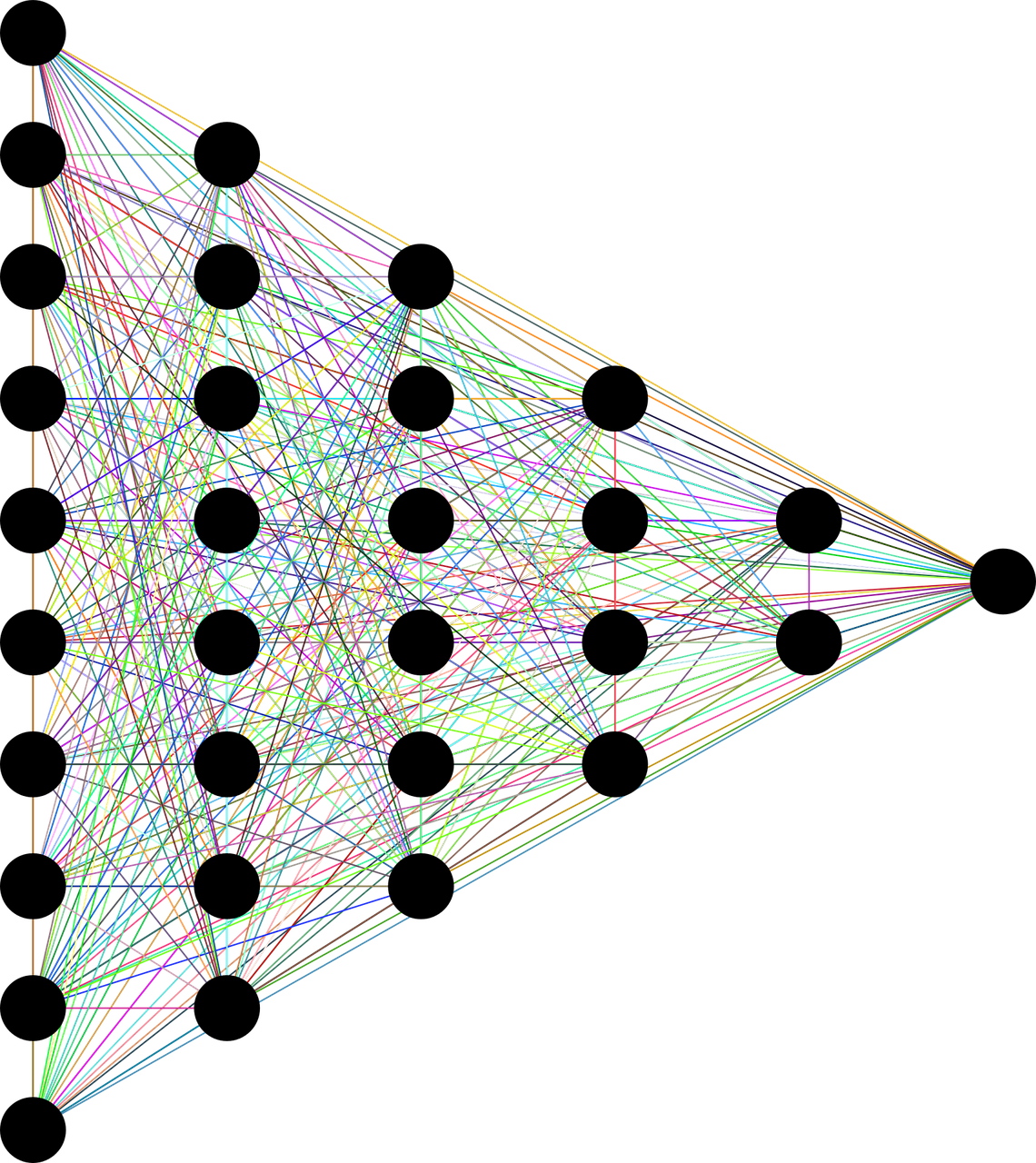
AI Revolutionizes Image Recognition with Advanced Neural NetworksAI Revolutionizes Image Recognition with Advanced Neural Networks The realm of image recognition has witnessed a paradigm shift with the advent of artificial intelligence (AI) and the emergence of advanced neural networks. These cutting-edge technologies are transforming the way we perceive, analyze, and interact with visual information. Convolutional Neural Networks (CNNs) At the heart of AI-powered image recognition lies convolutional neural networks (CNNs). CNNs are specialized neural network architectures designed to process data that has grid-like or image-like structures. By leveraging multiple layers of convolutional filters, they can extract intricate features and patterns from images, enabling them to identify and classify objects with remarkable accuracy. Deep Learning The advent of deep learning has further empowered AI-driven image recognition. Deep neural networks, with their multiple hidden layers, can learn highly complex relationships within image data. They can automatically discover and extract significant features, allowing them to recognize objects, detect anomalies, and interpret scenes with human-like precision. Applications in Various Industries The AI-powered image recognition revolution has applications across a vast spectrum of industries, including: * Healthcare: Diagnosis and disease detection * Retail: Product identification and inventory management * Security: Facial recognition and surveillance * Manufacturing: Quality control and defect detection * Transportation: Object detection and autonomous navigation Benefits of AI-powered Image Recognition The adoption of AI-powered image recognition offers numerous benefits: * Enhanced accuracy and reliability: Neural networks can significantly improve the accuracy and reliability of image recognition tasks. * Automation and efficiency: AI eliminates the need for manual image analysis, leading to increased efficiency and reduced operational costs. * Objective and unbiased: Neural networks are objective and unbiased in their analysis, reducing the risk of human errors or subjective judgments. * Scalability and adaptability: AI models can be scaled up to handle large volumes of images and can be adapted to specific domains or applications. Future Prospects The future of AI-powered image recognition is brimming with possibilities. As neural network architectures continue to advance and the availability of labeled data increases, we can expect: * Even more accurate and robust recognition: Neural networks will become even more adept at recognizing objects and scenes under challenging conditions. * Integration with other AI technologies: Image recognition will be seamlessly integrated with other AI technologies, such as natural language processing and robotics, empowering machines with a more comprehensive understanding of the visual world. * New and innovative applications: AI-powered image recognition will pave the way for novel applications in fields such as art, education, and scientific research. Conclusion AI and advanced neural networks have revolutionized image recognition, enabling machines to perceive and interpret visual information with unprecedented accuracy and efficiency. As these technologies continue to evolve, they will further reshape industries and enhance our interactions with the digital world in transformative ways.
Posted inNews